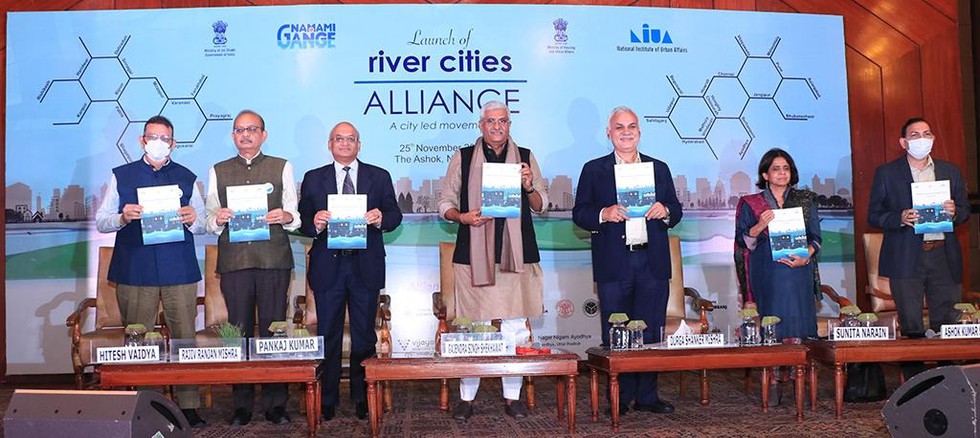
About:
- The River Cities Alliance (RCA) has been launched with the objective to provide the member cities with a platform to discuss and exchange information on aspects that are vital for sustainable management of urban rivers, sharing best practices and supporting innovation.
- The alliance has been launched initially with 30 cities namely Dehradun, Rishikesh, Haridwar, Srinagar, Varanasi, Kanpur, Prayagraj, Farrukhabad, Mirzapur, Mathura, Bijnor, Ayodhya, Patna, Bhagalpur, Begusarai, Munger, Sahibganj, Rajmahal, Howrah, Jangipur, Hugli-Chinsurah, Behrampore, Maheshtala, Aurangabad, Chennai, Bhubaneshwar, Hyderabad, Pune, Udaipur and Vijaywada.
- The Alliance is open to all river cities of India. Any river city can join the Alliance at any time.
- State Governments are implementing Action Plans for restoration of water quality of the identified polluted river stretches.
- The implementation is being monitored regularly at State level by Chief Secretary of the respective State/UT and at Central level by the Central Monitoring Committee under the Chairmanship of Secretary, Ministry of Jal Shakti.
2. Indigenous Technology of Power Quality Solution and Railways VCU solutions
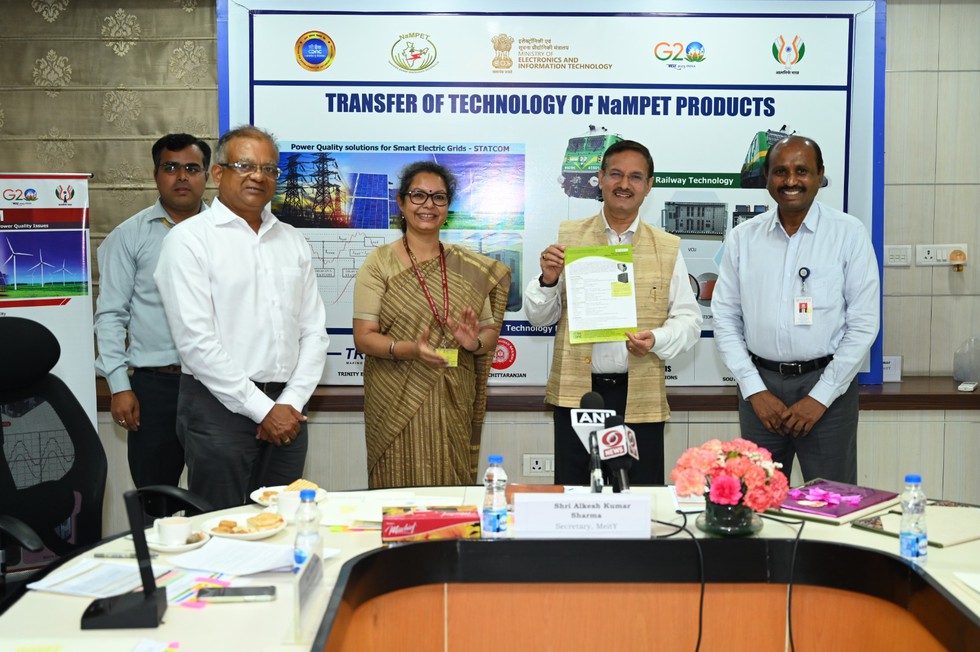
About:
- STATCOM: The Static Synchronous Compensator (STATCOM) based on PQ standard-IEEE519 & IEEE1459. The STATCOM technology has become increasingly relevant in recent years due to the growing demand for renewable energy sources such as wind and solar power, which are intermittent and variable in nature. The integration of these sources into the power grid can cause voltage fluctuations and instability, which can be mitigated by using STATCOMs. This Technology of STATCOMs developed by C-DAC, Thiruvananthapuram was transferred Trinity Energy Solution
- VCU: The VCU based on the Standard IEC-61375. The technology was based on TCN protocols available during early 2010s. Since then various enhancements have come up in TCN protocol. Further, it has been felt that there was a need to upgrade the VCU at par with contemporary technology. The existing C-DAC-VCU in terms of hardware and software and to handhold the technology for 5 years while in-house capacity is built at CLW to tackle the day-to-day and long term maintenance requirement of locomotive fleet. This Technology of VCU developed by C-DAC, Thiruvananthapuram was transferred CLW Chittaranjan.
- Loco Simulation Controller: The Loco Simulation Controller is based on the Railways standard. The VCU and its application software needs to be tested in locomotive to better debugging, understanding the response of the outputs given from VCU to various sub-systems of locomotives. This test platform could simulate the actual functionalities of locomotive and will be giving inputs to VCU as per actual locomotive logic. Similarly, it also takes inputs from VCU and processes it and generates outputs as of actual locomotive to VCU. This Technology of Loco Simulation Controller developed by C-DAC, Thiruvananthapuram was transferred to CG Power & Industrial solution.
- Rolling Stack Software: The Rolling Stack Software is as per the requirement of Indian Railways. The rolling stock application that controls the loco function is distributed among the 4 processors boards in the VCU set. So as to make the loco operation more reliable in case of processor board failures, the important functions are implemented redundantly. This will also help the loco pilot to steer the train without moving from the driving cab to rear cab to address the failure. This software of Rolling Stack Software developed by C-DAC, Thiruvananthapuram was transferred to CG Power & Industrial Solutions.
- Off-Loco VCU Test Kit: The Off-Loco VCU Test kit is as per the necessity of Indian Railways. The PCB test jig is used to verify the basic functions of the sub-system PCBs that are being used in C-DAC developed VCU for 3 phase electric locos. The OK/ Not OK status of VC MeitY U subsystem PCBs under test is used for screening the PCBs for use in VCUs. This technology of Off-Loco VCU Test Kit developed by C-DAC, Thiruvananthapuram was transferred to Electrical Loco shed, Rayapuram Southern Railway.
3. Legislative Councils
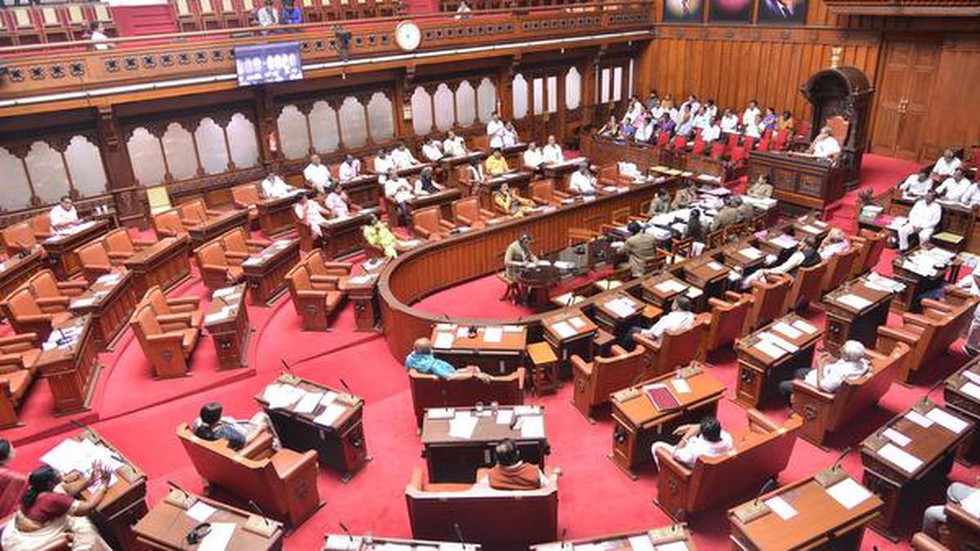
About Legislative Councils:
- India has a bicameral system of legislature.
- While the Parliament has two Houses, it is optional for the states.
- At the state level, the equivalent of the Lok Sabha is the Vidhan Sabha or Legislative Assembly; that of the Rajya Sabha is the Vidhan Parishad or Legislative Council.
- States, if they choose, can have a Legislative Council or Vidhan Parishad as the upper house in addition to the Legislative Assembly.
- Legislative Council is in those states with bicameral legislatures.
Creation/abolition of legislative council:
- Under Article 168, states can have either one or two Houses of legislature.
- Article 169 leaves the choice of having a Vidhan Parishad to individual states.
- Art 169 of the Constitution provides for the abolition or creation of Legislative Councils in States.
- Power of abolition or creation of Legislative council lies with the Parliament.
- To set up the council, the legislative assembly of state must pass a resolution by a majority of total membership & not less than 2/3rd of the members of the assembly present & voting.
- However, a resolution passed by legislative assembly of state for creation or abolition of its council is not binding on the Parliament. Parliament may or may not approve the resolution with simple majority.
- This step will not be deemed to be an amendment of this Constitution for the purposes of Article 368.
Membership:
- Under Article 171 of the Constitution, the Legislative Council of a state shall not have more than one-third of the total number of MLAs of the state, and not less than 40 members.
- All the members of the Legislative Council are either indirectly elected or nominated by the Governor.
- One third shall be elected by electorates consisting of members of municipalities, district boards and such other local authorities in the State as Parliament may by law specify
- One-third of the members of this House are elected by the Legislative Assembly from amongst persons who are not its members.
- One-twelfth of the members are elected by graduates of at least three years standing.
- One-twelfth of the members are elected by teachers of secondary schools having at least three years experience.
- About one-sixth of the members are nominated by the Governor from among persons possessing special knowledge and experience in the field of art, science, literature, social service and cooperative movement.
4. International Institute for Population Sciences
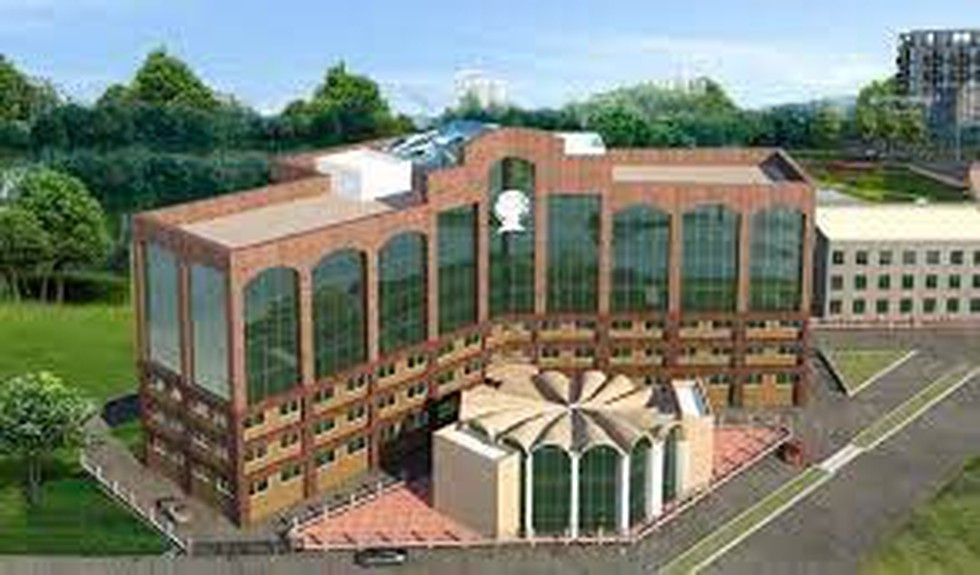
About:
- The International Institute for Population Sciences (IIPS), Mumbai, formerly known as the Demographic Training and Research Centre (DTRC) till 1970, was established in July 1956 under the joint sponsorship of Sir Dorabji Tata Trust, the Government of India and the United Nations.
- It serves as a regional centre for Training and Research in Population Studies for the ESCAP region.
- The Institute was re-designated to its present title in 1985 to facilitate the expansion of its academic activities.
- It was declared as a 'Deemed to be University' on August 14, 1985, under Section 3 of the UGC Act, 1956 by the Ministry of Human Resource Development, Government of India.
- The recognition has facilitated the award of recognized degrees by the Institute itself and paved the way for further expansion of the Institute as an academic institution.
- IIPS holds a unique position among all the regional population centres.
- It was the first such centre started, and it serves a much larger population than any of the other regional centres.
- The Institute is under the administrative control of the Ministry of Health and Family Welfare, Government of India.
- There are seven Academic Departments in the Institute.
5. Indian Coast Guard
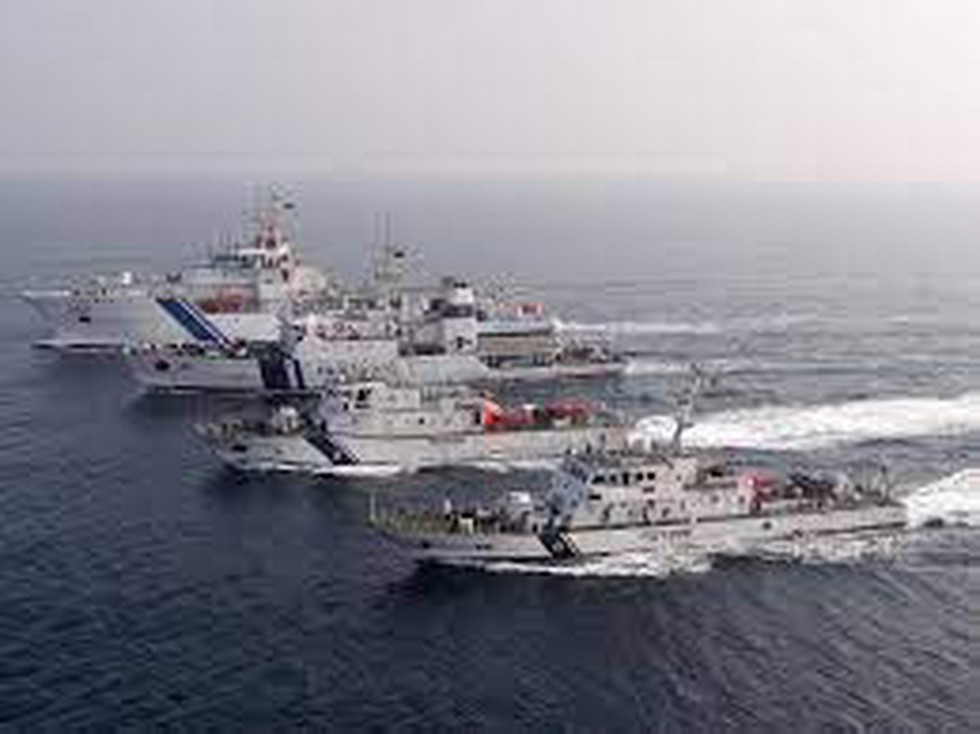
About:
- What is it? It is an armed force that protects India's maritime interests and enforces maritime law, with jurisdiction over the territorial waters of India, including its contiguous zone and exclusive economic zone.
- History: it was formally established in 1978 by the Coast Guard Act, 1978 as an independent Armed force of India.
- Parent ministry: It operates under the Ministry of Defence.
- Administration: The organization is headed by the Director General Indian Coast Guard (DGICG).
- HQ: Coast Guard Headquarters (CGHQ) is located at New Delhi.
6. Commission for Scientific and Technical Terminology (CSTT)
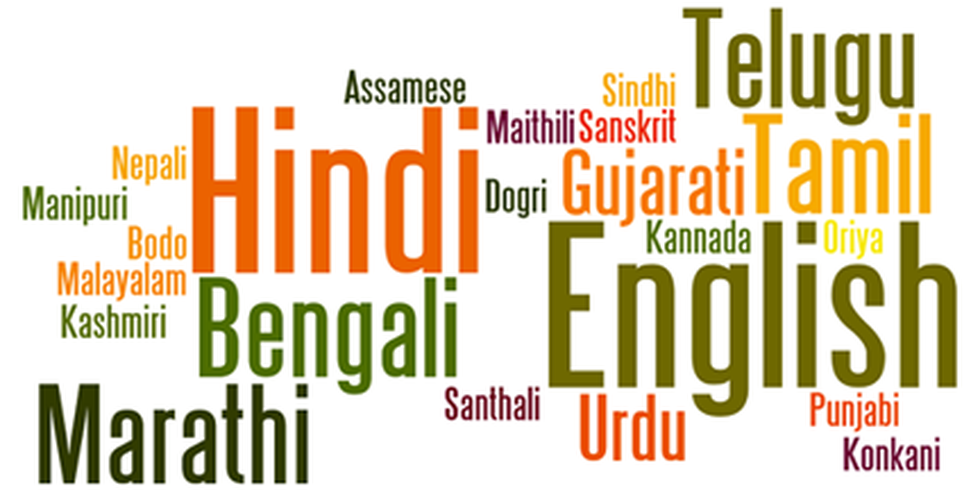
About Commission for Scientific and Technical Terminology (CSTT):
- CSTT was established on October 01, 1961 in pursuance of a Presidential Order dated April 27, 1960 with the objective to evolve technical terminology in all Indian Languages.
- It was established under clause (4) of Article 344 of the Constitution of India.
- It is functioning under Department of Higher Education, Ministry of Education, Government of India with its headquarters at New Delhi.
- Primary Function: Evolve standard terminology, propagate its use and distribute it widely.
- Other functions:
- Preparation and Publication of Bilingual and Trilingual Glossaries involving English/Hindi and other Indian Languages.
- Preparation and Publication of National terminology.
- Identification and Publication of School Level Terminology and Departmental Glossaries.
- Identification of Pan Indian Terms.
- Preparation of Definitional Dictionaries and Encyclopaedias.
- Preparation of University level textbooks,monographs and journals.
- Grant-in-Aid to Granth Academies, Textbook Boards and University Cells for University level books in regional languages.
- Propagation, expansion and critical review of terms coined and defined through training/orientation programmes, workshops, seminars etc.
- Free distribution of Publications.
- Providing necessary terminology to the National Translation Mission.
- In the process of evolution of scientific and technical terminology and reference material in Hindi and Indian Languages, the Commission shall have collaboration of State Governments, Universities, Regional Text-Book Boards and State Granth Academies.
7. Kali Tiger Reserve?
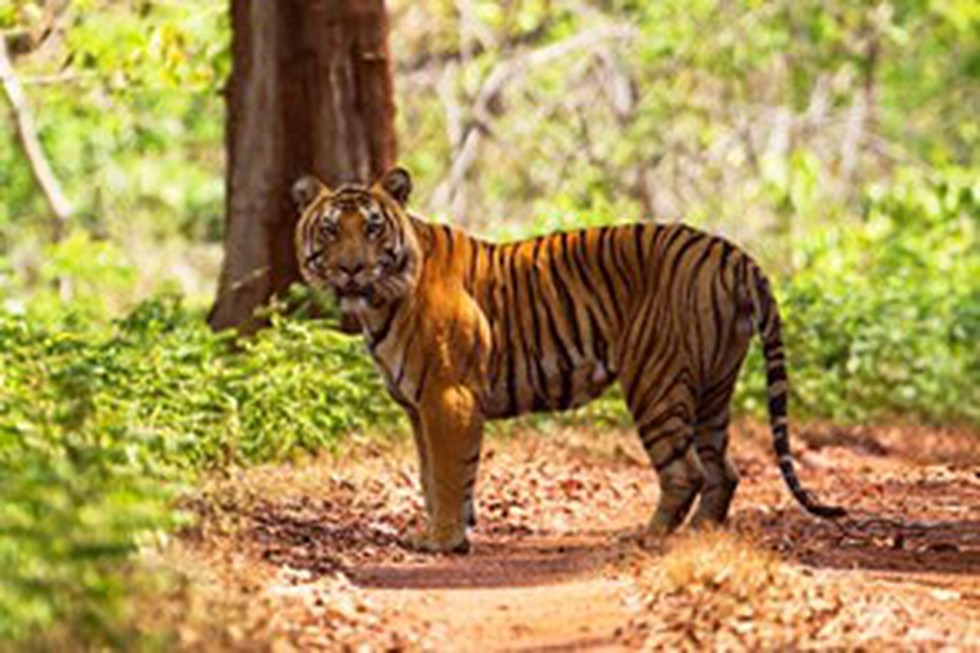
About Kali Tiger Reserve:
- Location:
- Kali Tiger Reserve, earlier known as Dandeli-Anshi Tiger Reserve is located in Uttara Kannada District of Karnataka State.
- This belt of Uttara Kannada district is a part of the Western Ghats.
- The Tiger Reserve comprises of two important protected areas of the region viz., Dandeli Wildlife Sanctuary and Anshi National Park.
- Dandeli Wildlife Sanctuary (475.018 sq km) and Anshi National Park (339.866 sq km) are contiguous to each other and form a single tract of protected area located in biologically sensitive Western Ghats.
- River: Kali River, which forms the major source of water for Uttara Kannada, flows through the tiger reserve and hence the name.
- Vegetation: Forests are primarily moist deciduous and semi-evergreen, with excellent patches of evergreen forests in the westernmost parts as well as in deep valleys.
- Flora: Some common trees and plants here include: bintangur, Calophyllum wightianum, Malabar tamarind, Garcinia morella, Knema attenuata, Hopea wightiana, Tetrameles nudiflora etc.
- Fauna:
- It is known for housing many tigers, black panthers and elephants.
- Other large mammals here are Indian bison, sloth bear, Indian wild boar, bonnet macaque, northern plains gray langur, gray slender loris, several deer including: barking deer (muntjac), mouse deer (chevrotain), sambar deer and spotted deer (chital or axis deer).
8. What is INS Magar?
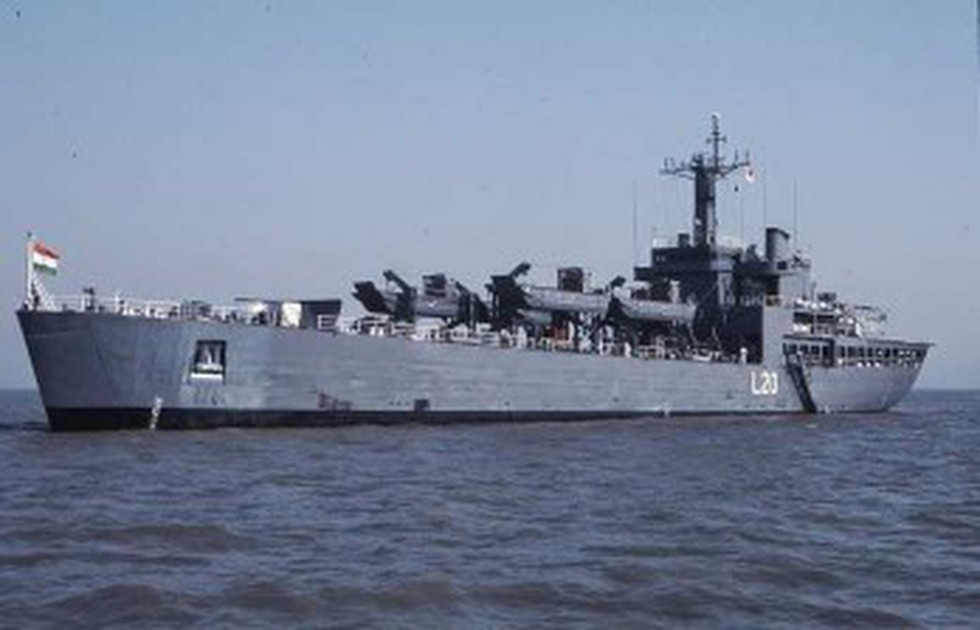
About INS Magar:
- It is the oldest Landing Ship Tank (Large) of the Indian Navy.
- It is the lead ship of Magar-class amphibious warfare vessels of the Indian Navy.
- The ship was indigenously built by Garden Reach Shipbuilders & Engineers Ltd, Kolkata.
- It had the unique distinction of being the first indigenous ship of the Indian Navy.
- She was launched on 16 November 1984 and commissioned into the Indian Navy on 18 July 1987 by late Admiral R H Tahiliani.
- Features:
- It has been named after a species of crocodile.
- The crest design depicts a Brown coloured crocodile with its mouth open swimming over White and Blue ocean waves.
- The aft portion of the crest shows a cut out of the thick and impenetrable armour like skin of the crocodile.
- The design has been taken from a Mathura sculpture of 1st Century AD, preserved in original in the Lucknow museum.
- The ship has a displacement of 5,600 tonnes, a length of 125 metres, a beam of 17 metres.
- During its service, Magar has participated in numerous operations, amphibious exercises, and humanitarian missions, noteworthy of them being Operation Samudra Setu wherein over 4,000 Indian nationals were repatriated from various corners of the world during the COVID-19 pandemic.
- The ship was also instrumental in the evacuation of over 1,300 survivors post the tsunami in 2004 and had been part of several joint military exercises with the Indian Army.
9. What is Ozone pollution?
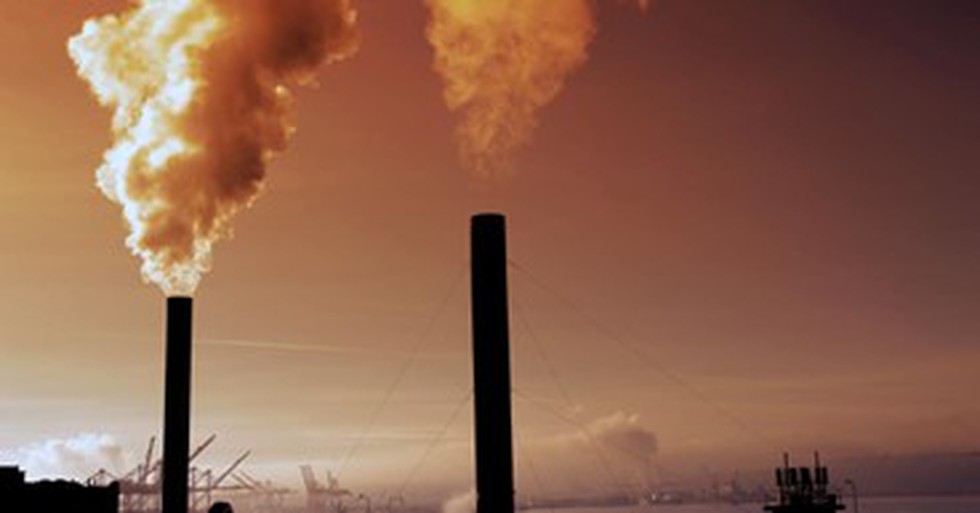
About Ozone pollution:
- Ozone (O3) high in the Earth's atmosphere protects us from the sun's harmful radiation. But ozone at ground level (tropospheric ozone), is an air pollutant that harms people and plants.
- Ground-level ozone is a colorless and highly irritating gas that forms just above the earth's surface.
- How ground level ozone is formed?
- It is called a "secondary" pollutant because it is produced when two primary pollutants react in sunlight and stagnant air.
- These two primary pollutants are nitrogen oxides (NOx) and volatile organic compounds (VOCs).
- These precusrsor primary pollutants are each produced primarily by a variety of human activities, including burning of fossil fuels and various industrial processes. Certain types of volatile organic compounds can also be emitted from natural sources.
- Impacts:
- Ground-level ozone is known to have significant effects on human health. Exposure to ozone has been linked to pre-mature mortality and a range of morbidity health issues.
- It can significantly impact vegetation and decrease the productivity of some crops.
- It can also damage synthetic materials, cause cracks in rubber, accelerate fading of dyes, and speed deterioration of some paints and coatings.
10. What is Metastasis?
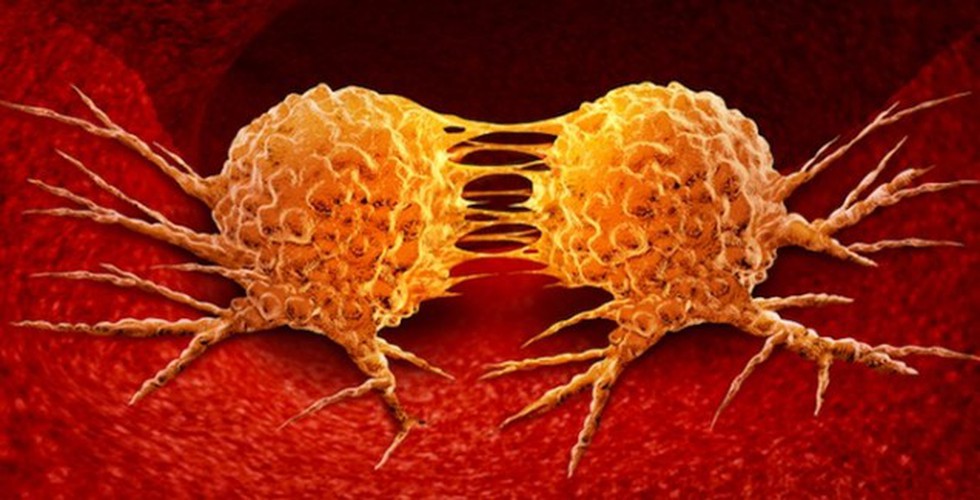
About Metastasis:
- What is it? It is the spread of cancer cells from the place where they first formed to another part of the body.
- In metastasis, cancer cells break away from the original (primary) tumor, travel through the blood or lymph system, and form a new tumor in other organs or tissues of the body.
- When cancer becomes metastatic, doctors often use the verb “metastasized.” In general, metastatic cancer is considered an advanced form of cancer.
- The new, metastatic tumor is the same type of cancer as the primary tumor. For example, if breast cancer spreads to the lung, the cancer cells in the lung are breast cancer cells, not lung cancer cells.
- Metastases is the plural form of metastasis. Metastases can also develop when cancer cells from the main tumor break off and grow in nearby areas, such as in the liver, lungs, or bones.
- The most common sites for cancers to metastasize include the lungs, liver, bones and brain.


.jpg)
.jpg)

























































































































































.png)
.png)
.png)
.png)
.png)


.png)
.png)
.png)





.png)
.png)






.png)
.png)
.png)
.png)
.png)
.png)
.png)
.png)
.png)

.png)







.png)
.png)


.png)
.png)
.png)


.png)

.png)
.png)





.jpg)

.png)
.png)


.png)

.png)
.png)
.png)

.jpg)

.jpg)


.png)

.png)
.png)
.png)
.png)
.png)
.png)
.png)
.png)
.png)
.png)




.png)

.png)





.png)
.png)
.png)
.png)
.png)
.png)
.png)
.png)
.png)
.png)
.jpg)
.jpg)

.png)
.png)
.png)
.png)
.png)
.png)
.png)
.png)
.png)
.png)
.png)
.png)
.png)
.png)
.png)
.png)
.png)
.png)
.png)
.png)
.png)
.png)


.png)
.png)

.jpg)
.jpg)


.jpg)
.jpg)
.jpg)

.jpg)








.jpg)
.jpg)
.jpg)
.jpg)
.jpg)

















.jpg)
.jpg)







.jpg)


















.jpg)
.jpg)






























































































.jpg)
.jpg)


























.jpg)

.jpg)










.jpg)








.jpg)




.jpg)










.jpg)


















.jpg)












































.jpg)














.jpg)
.jpg)
.jpg)





.jpg)

.jpg)
.jpg)





































































.jpg)


































.jpg)
.jpg)
















































.jpg)












.jpg)


.jpg)




.jpg)
.jpg)
.jpg)

.jpg)
.jpg)
.jpg)
.jpg)

.jpg)
.jpg)
.jpg)

.jpg)
.jpg)
.jpg)
.jpg)
.jpg)
.jpg)
.jpg)
.jpg)

.jpg)


.jpg)
.jpg)
.jpg)
.jpg)
.jpg)
.jpg)
.jpg)
.jpg)
.jpg)
.jpg)











.jpg)
.jpg)





.jpg)
.jpg)
.jpg)
























.jpg)
























.jpg)









.jpg)
.jpg)







.jpg)
.jpg)









































.jpg)
.jpg)
.jpg)
.jpg)
.jpg)

.jpg)
.jpg)
.jpg)
.jpg)
.jpg)


.jpg)
.jpg)
.jpg)
.jpg)
.jpg)

.jpg)
.jpg)
.jpg)
.jpg)
.jpg)
.jpg)
.jpg)
.jpg)
.jpg)
.jpg)
.png)

.png)
.png)

.png)
.png)
.png)
.png)


.jpg)
.jpg)

.jpg)
.jpg)
.jpg)

.png)
.png)
.png)
.png)
.png)
.png)
.png)

.png)
.png)
.png)
.png)
.png)
.png)
.png)
.png)
.png)
.png)





































































-min.png)



.png)




.png)








































